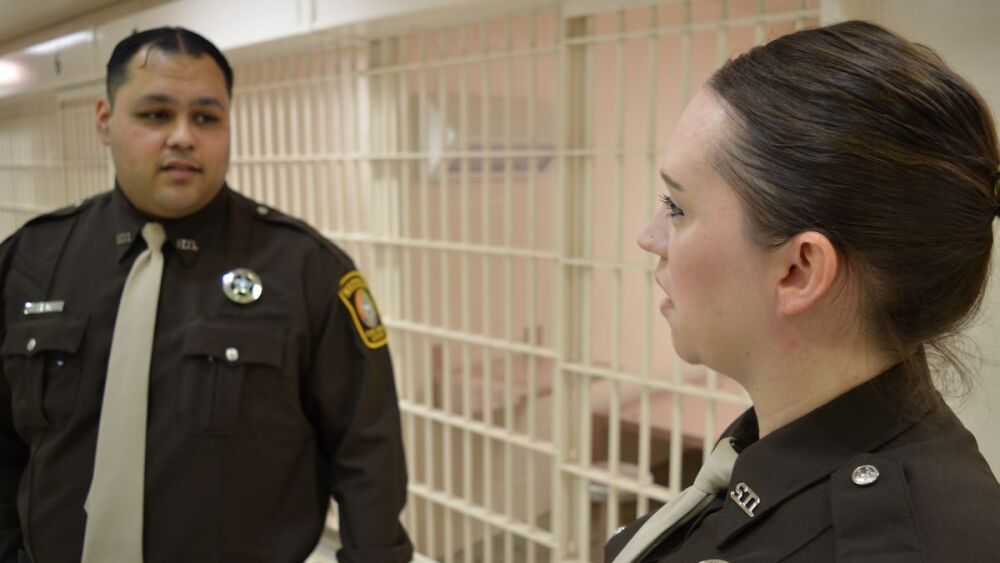“The single biggest problem in communication is the illusion that it has taken place.”
This quote, attributed to playwright and critic George Bernard Shaw, could be a poster for 2022. It has never been more relevant how far apart our leaders are separated from the message they are sending and how little they are listening to the response. This “illusion” of communication is affecting all areas of our lives, including the workplace. Is it just an evolution of our society, or have we forgotten how to communicate with each other?
The most important area of communication for today’s correctional officer is how you communicate your leadership message. I know some think having a leadership message is only for the administrators, but I disagree. Correctional officers are the on-the-ground leadership in our prisons. They are the leaders who take a group of inmates and staff and accomplish the daily goals of the institution. They may not be developing 5-year strategic plans and their leadership message may be based only on immediate results, such as sanitation or control, but without completing these tasks, the strategic plan goals will never even have a chance.
Everyone leads
“A leader that leads without followers is merely out for a walk.” – John Maxwell, author and leadership expert
A complacent correctional officer that is not leading, is just taking up space on the roster.
Communication with our inmate population is one of the most important skills we have in our correctional toolkit. How we communicate with the inmates can be the difference between an easy shift or a riot.
Either scenario starts with some form of communication. An officer’s communication can either escalate or de-escalate any scenario. In corrections, most of us become good at this level of communication. What is missing though is how we communicate with each other, and more specifically, how we communicate as professionals.
Working as a young rookie housing unit officer, I quickly learned the difference between ineffective communication (a one-way message) and effective communication (a message with targeted information and feedback). In any housing unit, sanitation is a priority, so keeping the orderlies on task and busy usually takes up most of a housing unit officer’s time. I had just hired a new orderly and assigned him to mop the day room. I was busy and my one-way message communication to him was, “I need you to mop the day room.” I showed him the mop closet and went about my business. It wasn’t but about five minutes and I heard a commotion from the day room.
When I entered, I saw what had the inmates in an uproar. The new orderly was mopping or what I would more aptly call “swabbing the deck” with a half-inch of dirty water streaking the floor. I was pretty sure the mop head he was using had been used to clean up old milk. He had also pushed all the tables out of his way, including the ongoing, and now scrambled chess and dominoes games that always sat idle until the players returned later in the day.
I calmed everyone down and quickly gave my orderly better instructions. Did he know better? I don’t know, and it didn’t matter. What mattered was how I learned to give instructions targeted information and feedback in the future to avoid all that unnecessary disruption.
Communication is leadership
From that day on, I explained exactly what I wanted to be done. Sweep before you mop, get a clean mop head, use fresh water, add this much soap to the bucket and so on.
But, one of the most important things I did was to ask “Do you have any questions?”
I grew up on a farm, served in the military and worked in Corrections for 29 years. I know how to mop.
I was surprised at how many people had never mopped a floor. Learning to communicate with clear thought toward how my message is received means that I often only need to communicate once.
NEXT: Leaders assess, adapt and create opportunities for effective two-way communications













